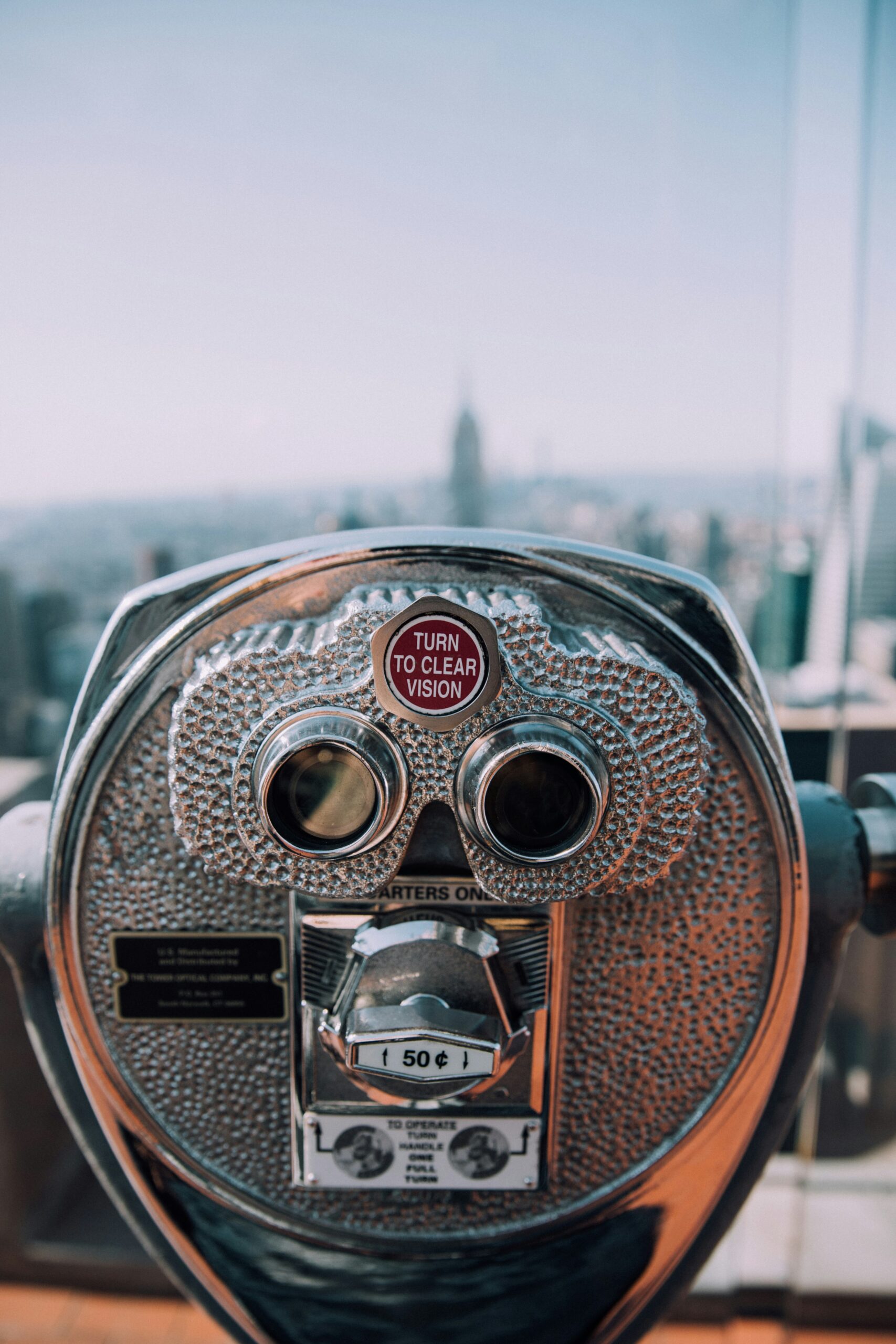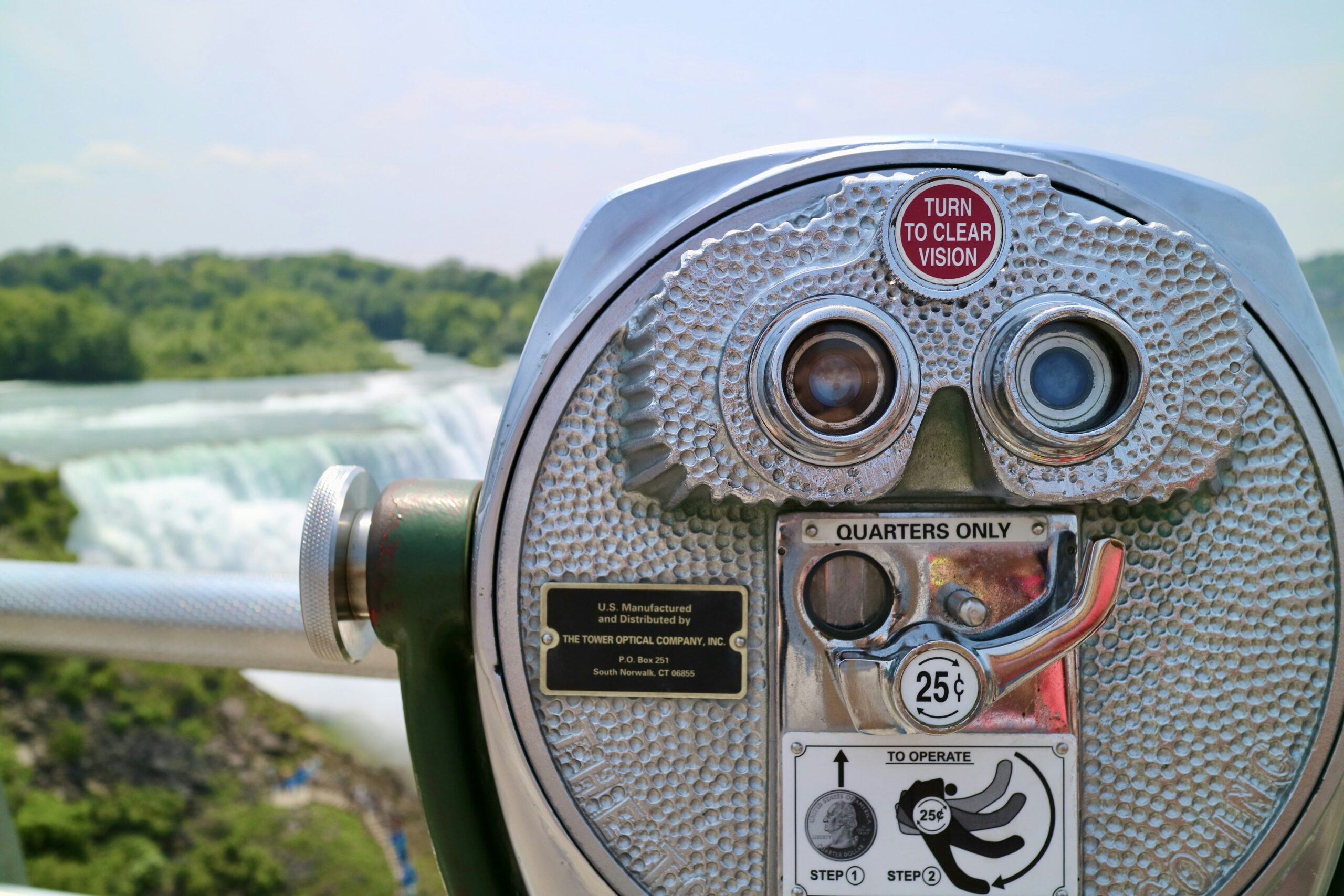Birding, the art of observing and identifying birds in their natural habitat, has become a beloved pastime for many nature enthusiasts. And when it comes to spotting those elusive feathery creatures, binoculars have long been considered an essential tool. However, as much as binoculars enhance the birding experience, one must wonder if they come with any drawbacks. In this article, we will explore whether there are any disadvantages or limitations to using binoculars for birding, allowing you to have a well-rounded understanding of this popular birding accessory.

Understanding Binoculars for Birding
Birding, or bird watching, is a popular hobby for nature enthusiasts and bird lovers alike. The key to a successful birding experience lies in the ability to get a close-up view of these magnificent creatures. Binoculars are an essential tool for any serious birder, allowing you to see the intricate details and vibrant colors of birds that may be far away or hidden in the foliage. However, like any tool, binoculars come with their own set of advantages and disadvantages. In this article, we will explore the limitations and drawbacks of using binoculars for birding, so you can make an informed decision before investing in a pair.
Basics of Binoculars
Before delving into the disadvantages, let’s briefly discuss the basics of binoculars. Binoculars consist of two telescopes mounted side by side, allowing the viewer to see a magnified image with both eyes. The magnification power and diameter of the lenses, known as the objective lens diameter, determines the effectiveness of the binoculars. Higher magnification can bring distant birds closer, while a larger objective lens diameter allows more light to enter, resulting in a brighter image.
Features to Look for in Birding Binoculars
When choosing binoculars for birding, there are several features you should consider. Firstly, opt for binoculars with a magnification between 7x and 10x, as higher magnification might result in a shaky image. Secondly, look for binoculars with a wide field of view, allowing you to scan larger areas and spot birds more easily. Additionally, consider the weight and size of the binoculars, as you’ll likely be carrying them for extended periods. Other features to consider include image stabilization, waterproofing, and a close focus distance.
Costly Investment
One significant drawback of binoculars for birding is the cost. High-quality binoculars can be quite expensive, with prices ranging from a few hundred to several thousand dollars. While there are more affordable options available, they may lack the optical clarity, durability, and other features found in pricier models. Additionally, the initial investment is not the only cost to consider. Binoculars may require maintenance and repairs over time, especially if they are exposed to harsh weather conditions or accidentally dropped. These additional costs can quickly add up, making binoculars a long-term investment.

Weight and Size Consequences
Another factor to keep in mind when using binoculars for birding is their weight and size. Heavy binoculars can cause strain and fatigue, particularly on your neck and shoulders, if used for long periods. This strain can hinder your birding experience and may even discourage you from pursuing the hobby altogether. Furthermore, large binoculars may not be portable or travel-friendly, limiting your ability to take them on hikes or birding trips. It’s essential to find a balance between optical performance and comfort when selecting your binoculars.
Limited Field of View
Although binoculars provide a magnified view, they come with a limited field of view compared to the human eye. When looking through binoculars, you are essentially looking through two tubes, which limits your peripheral vision. This narrow field of view can make it difficult to spot birds that may be flying or moving quickly across a wider area. You may find yourself missing out on the fascinating peripheral action happening around the bird you are focusing on. It’s important to occasionally take breaks and observe your surroundings with the naked eye to ensure you don’t overlook any exciting bird sightings.

Image Distortions
While binoculars enhance your view of birds, they may also introduce some image distortions. One potential drawback is color distortion, where certain colors may appear differently through the lenses. This distortion can affect your ability to accurately identify bird species based on their distinctive colors or plumage. Additionally, images at the edge of the field of view may appear blurry or distorted, reducing their clarity and detail. It’s crucial to take these limitations into account when relying on binoculars for bird identification.
Dependency and Over-Reliance
One of the pitfalls of using binoculars for birding is the possibility of becoming too dependent on them. While binoculars can provide an up-close view of birds, there is a risk of overlooking birds that are visible to the naked eye. Constantly looking through binoculars may cause you to miss birds that are perched nearby or flying in your peripheral vision. It’s important to find a balance between using binoculars for the close-up view and taking the time to observe your surroundings without them.
Difficulties in Low Light Conditions
Birds are often most active during dusk or dawn, presenting unique challenges for birders. Binoculars may not perform as effectively in low light conditions, making it harder to spot and identify birds during these times. The image may appear darker or grainier, making it challenging to discern fine details. However, there are binoculars available with features like larger objective lens diameters and improved low-light performance, which can mitigate some of these limitations.
Complexity and Learning Curve
Using binoculars effectively for birding requires some learning and practice. Understanding the various features, adjusting focus, and stabilizing the image can take time to master. Binoculars with advanced features like image stabilization or adjustable eyecups might have a steeper learning curve. It’s vital to familiarize yourself with the functionality of your binoculars and practice using them before heading out into the field. However, with patience and practice, you can enhance your birding experience through a more immersive and detailed view of birds.
Limitations in Close-range Birding
While binoculars excel at bringing distant birds closer, they may not perform as well in close-range situations. Binoculars have a minimum focusing distance, which means they may not focus well on nearby objects. If you encounter a bird at a close distance, you may struggle to achieve a clear and focused view through your binoculars. Additionally, binoculars may impact depth perception at close range, making it difficult to accurately gauge the distance between objects. In such cases, it may be beneficial to rely on your naked eye for a clearer perspective.
Physical Discomfort and Fatigue
Extended use of binoculars can lead to physical discomfort and fatigue. Peering through binoculars for an extended period can strain your eyes, causing eye fatigue and discomfort. It’s important to take regular breaks and blink frequently to keep your eyes moist and refreshed. Additionally, the weight of the binoculars can take a toll on your arms and hands, leading to physical fatigue. Consider using a tripod or a shoulder harness to alleviate strain and enhance your overall birding experience.
In conclusion, while binoculars are an invaluable tool for birding, it’s essential to acknowledge their limitations and disadvantages. The cost, weight, limited field of view, image distortions, dependency, difficulties in low light, complexity, limitations in close-range birding, and physical discomfort are all factors to consider when using binoculars. However, with proper knowledge, careful selection, and balanced usage, binoculars can enhance your birding experience, allowing you to appreciate the beauty and intricacies of birds like never before. Happy birding!
